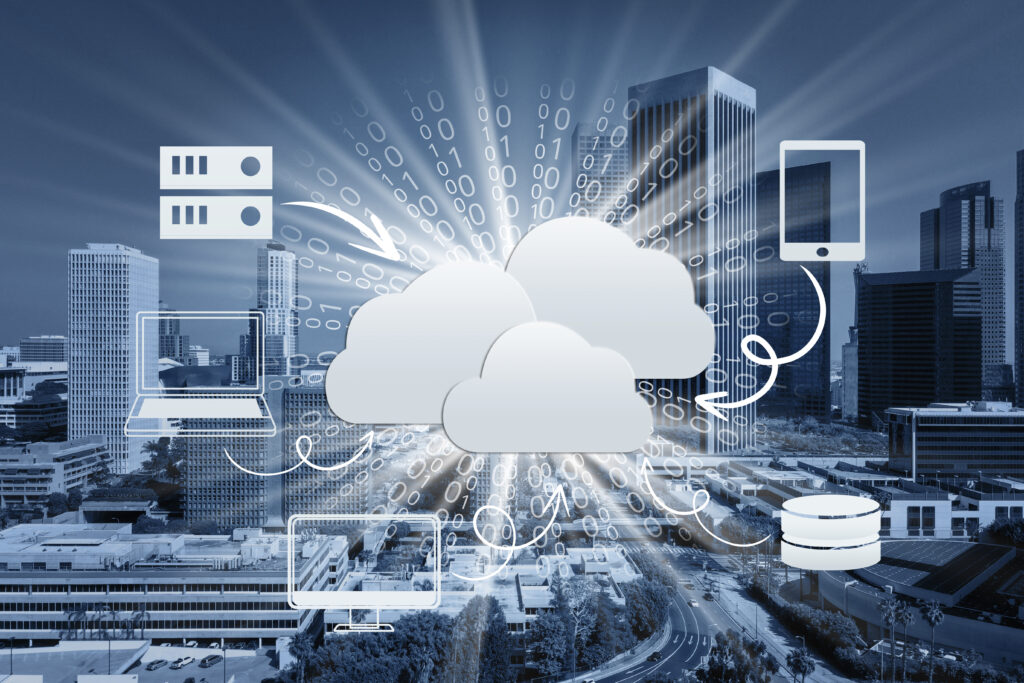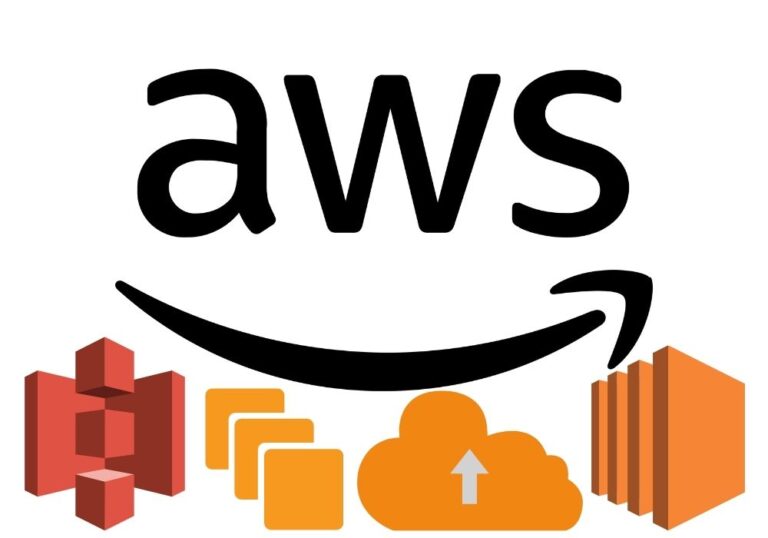Table of Contents
Introduction
With technology always changing, AWS DevOps is becoming a key player in making sure software development and deployment go smoothly. Achieving success in the AWS DevOps interview is crucial, as there is an increasing need for proficient personnel. With the help of this in-depth guide, you should be able to confidently navigate through AWS DevOps interview questions.
Understanding AWS DevOps Essentials
AWS DevOps Defined
Benefits of AWS DevOps Practices
There are many advantages to implementing AWS DevOps practices, such as a faster time to market, better teamwork, increased dependability, and lower costs.

Best Practices and Strategies for AWS DevOps Interviews
Effective Preparation Tips
Stay ahead by keeping abreast of AWS services, practicing coding exercises, and revisiting the basics. A well-rounded preparation strategy sets the foundation for success, especially when diving into AWS DevOps interview questions.
Strategies for Scenario-Based Questions
When it comes to answering scenario-based questions, your friends have organised thought processes, effective communication, and clarity. Learn how to confidently answer these questions, especially when it comes to AWS DevOps interview questions.
Real-world Scenarios and Problem-solving
Challenges DevOps Professionals Encounter
Real-world scenarios can range from complex deployments to addressing performance issues. Delve into these challenges to understand the practical application of your skills, a crucial aspect when tackling AWS DevOps interview questions.
Solutions and Strategies
Show off your problem-solving skills by investigating workable solutions and tactics to get past these obstacles. Consider how these relate to actual AWS DevOps interview questions.
Top 100 AWS DevOps Interview Questions Unveiled
Now that we’ve covered the fundamentals, let’s dive into the heart of the matter – the AWS DevOps interview questions that often surface in AWS DevOps interviews. These questions are designed to assess your understanding of key concepts, your familiarity with essential tools and services, and your problem-solving skills in real-world scenarios. Being well-prepared for these questions will not only boost your confidence during the interview but also showcase your expertise in AWS DevOps. So, let’s explore some common AWS DevOps interview questions and scenarios to help you navigate your AWS DevOps interview with ease.

- Describe how AWS Organizations facilitate the management of multiple AWS accounts.
- How do Service Control Policies (SCPs) enhance security in AWS Organizations?
- Describe Amazon EFS (Elastic File System) and its use cases.
- How does Amazon EFS differ from Amazon EBS (Elastic Block Store)?
- How do you implement cross-region VPC peering, and what are the considerations?
- How do you implement fine-grained access control in AWS IAM?
- Explain the process of launching EC2 instances within a Virtual Private Cloud (VPC).
- How do you perform database migrations with minimal downtime in RDS?
- Explain the use of S3 Transfer Acceleration and when it is beneficial.
- Explain the differences between ECS and EKS (Elastic Kubernetes Service).
- Describe advanced features of AWS CloudFormation, such as stack sets.
- Explain how CloudWatch Alarms can be used for auto-scaling in AWS.
- Explain VPC endpoints and their significance in securing AWS services.
- How do VPC endpoints differ from public and private subnets?
- How do you implement security best practices in an AWS DevOps environment?
- How do you ensure high availability in a multi-region AWS architecture?
- How do you handle secrets and sensitive information in AWS DevOps?
- How do you design a scalable and fault-tolerant architecture using AWS services?
- What is an IAM role?
- What is an IAM policy?
- How does MFA enhance security in IAM?
- How can you control access to S3 buckets and objects?
- What is a bucket policy in Amazon S3?
- How do you secure EC2 instances?
- What is AWS Elastic Load Balancing (ELB)?
- How does ELB handle traffic distribution and health checks?
- What are the key components of Amazon VPC?
- What is the significance of a CIDR block in VPC?
- What is the difference between a public subnet and a private subnet?
- What is Network Address Translation (NAT) in VPC?
- What is the difference between NAT Gateway and NAT Instance?
- How do security groups work in VPC?
- What is Network ACL, and how does it differ from a security group?
- What are the key features of Amazon Route 53?
- Can you register domain names directly with Amazon Route 53?
- What types of DNS records does Route 53 support?
- What are the key benefits of using Amazon RDS?
- What is an RDS instance?
- What is a Multi-AZ deployment in Amazon RDS?
- How do automated backups work in Amazon RDS?
- How can you restore an Amazon RDS instance from a snapshot?
- How are software updates and patches managed in Amazon RDS?
- Can you modify the configuration of an Amazon RDS instance after it is created?
- How can you scale the compute capacity of an Amazon RDS instance?
- How does CloudWatch contribute to resource optimization?
- What are AWS CloudWatch Logs?
- How does EKS enable running Kubernetes clusters on AWS?
- What are the key benefits of using AWS EKS in a DevOps context?
- How does CloudFormation help in managing stacks?
- What is AWS CodePipeline, and how does it support continuous delivery?
- How does AWS CodePipeline contribute to continuous delivery in a DevOps environment?
- What is AWS CodeBuild?
- What are the key benefits of using AWS CodeBuild in a DevOps workflow?
- What is AWS CodeDeploy?
- What deployment strategies does AWS CodeDeploy offer for rolling out application updates?
- How does CodeDeploy handle deployments and ensure high availability?
- Can AWS CodeDeploy be integrated with other DevOps tools and services?
- What is AWS CodeCommit?
- How do you create a repository in AWS CodeCommit?
- What is AWS Elastic Beanstalk?
- Explain the use of AWS Elastic Beanstalk in a DevOps workflow.
- What types of applications are suitable for Elastic Beanstalk?
- How does AWS Elastic Beanstalk simplify the deployment and management of applications?
- How does Elastic Beanstalk handle updates and rollbacks in a DevOps context?
- What are AWS Lambda Layers?
- What is an AWS Systems Manager?
- What are the security features of AWS Systems Manager?
- How does Secrets Manager help in managing sensitive information?
- What is the process of rotating secrets in AWS Secrets Manager?
- What is AWS CloudFront?
- What security features does CloudFront provide?
- How does CloudFront enhance performance in a DevOps setup?
- What is AWS CodeArtifact?
- How does CodeArtifact support package versioning and dependency management?
- In what ways does CodeArtifact enhance security in the software supply chain?
- How can AWS Budgets be useful for DevOps teams in managing costs?
- What is AWS WAF, and how does it enhance security for web applications in DevOps?
- Describe a scenario where AWS Transit Gateway is beneficial.
- How does AWS Secrets Manager enhance security in AWS environments?
- Explain the rotation policy for secrets in AWS Secrets Manager.
- Describe the concept of canary deployments.
- What is an Elastic IP, and when would you use it?
- Describe the use case for Amazon Direct Connect.
- How do you secure data in transit in AWS?
- What is the significance of an EC2 instance’s user data?
- How can you optimize EC2 instance performance?
- How can you implement cross-region replication for an S3 bucket?
- How does AWS CodeArtifact facilitate package management?
- Explain the differences between a network ACL and a security group.
- How does Amazon DynamoDB differ from traditional databases?
- Discuss the considerations for securing data in Amazon RDS.
- How do you implement cross-account access in AWS?
- How can you implement user sign-up and sign-in using AWS Cognito?
- What is AWS Secrets Manager, and how does it enhance security in AWS?
- Discuss the integration of AWS Secrets Manager with other AWS services.
- How can you troubleshoot and diagnose performance issues on an EC2 instance?
- Discuss the differences between user data and metadata in the context of EC2 instances.
- How can you configure EC2 instances to scale based on traffic patterns automatically?
- What is an Amazon Machine Image (AMI), and how is it used in EC2
- Explain Amazon s3 lifecycle rules.
